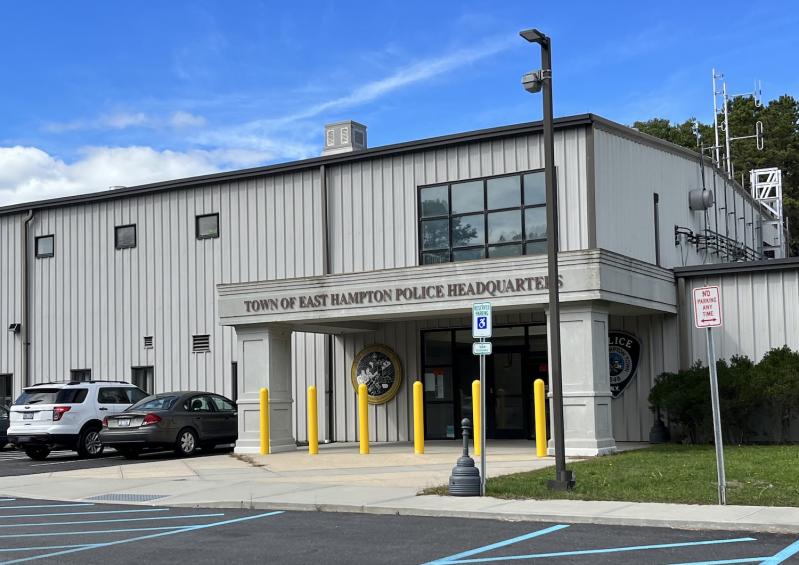Reflecting a trend among police agencies across the country, officers of the East Hampton Town and Sag Harbor Village Police Departments will soon be outfitted with body cameras.
Grants from New York State’s Department of Criminal Justice Services — $120,000 for East Hampton and $32,000 for Sag Harbor — will also enable the departments to set up infrastructure for the storing of large quantities of camera footage.
Both East Hampton Police Chief Michael Sarlo and Sag Harbor Police Chief Austin J. McGuire say the cameras will benefit both their officers and the community.
“Throughout the police reform committee process, body cameras were the one technology upgrade which drew consistent consensus in efforts to create improved transparency and continuing to build trust within the community,” Chief Sarlo wrote in an email to The Star. “There are still some hurdles and purchasing and financing steps to get through, but we are committed to the process and hope to get this in place by fall of 2023.”
“Video doesn’t lie. We’ve had no issues of accusations of wrongdoing, but it’s peace of mind for everybody,” Chief McGuire said. “Everyone’s moving in that direction. The technology is getting better and the prices seem to be evening out, so it’s not really optional anymore. It feels like it’s becoming mandatory.”
Body cameras for officers have been seen as a kind of equalizer to the cellphone cameras often used by bystanders in the course of an arrest.
“I think everyone benefits from it. We want to be transparent,” Chief McGuire said. “We’re not hiding anything from anybody.”
The American Civil Liberties Union has weighed in on the use of such cameras, which in recent years have been instrumental in courtroom examinations of police misconduct.
“Police body cameras have the potential to serve as a much-needed police oversight tool at a time of a growing recognition that the United States has a real problem with police violence,” the A.C.L.U. says on its website. “But if the technology is to be effective at providing oversight, reducing police abuses, and increasing community trust, it is vital that they be deployed with good policies to ensure they accomplish those goals. Without good policies, they risk becoming just another police surveillance device — and one with very real potential to invade privacy.”
For instance, in the wake of George Floyd’s death in Minneapolis in 2020, questions have been raised over whether police should record peaceful protests. In 2019, California banned the incorporation of facial-recognition technology into body-camera programs, according to the A.C.L.U.
East Hampton Village Police Chief Michael Tracey said his agency isn’t quite ready to commit to body cameras. His department’s cars are already outfitted with cameras, but the on-the-body technology would require another level of policy development and union negotiations. For example, Suffolk County police now wear cameras, but their union negotiated an extra $3,000 salary increase per year for each officer who wears one.
“We would have to enter into contract talks with the union to come up with an agreement. That is not something I was looking to do right now,” Chief Tracey said this week. “If the municipality wants to take that on, that’s a totally different thing, but right now it’s between the village and the police union.”
Chief McGuire said those negotiations are underway in Sag Harbor and “should be done by the end of the month.” Chief Sarlo said that the Police Benevolent Association leadership “has had discussions with the town supervisor regarding this issue. It is the department’s intent to follow D.C.J.S. approved and widely accepted policies regarding body-worn camera use.”
Chief Sarlo acknowledged there have been obstacles to overcome, saying that “the administrative challenges associated with bail reform and discovery requirements have been reduced with improved technology and vendors adapting and improving their software tracking and sharing of video associated with cases or arrests.”
“We are working toward a software and hardware solution which would integrate an upgrade for our in-car video system, license plate readers, new body cameras, and hopefully our tasers, with associated physical evidence collection modules in a holistic cloud-based program. Cybersecurity and compliance with records retention laws, as well as training and administrative oversight, all play significant roles in our evaluation and planning for this major project.”

